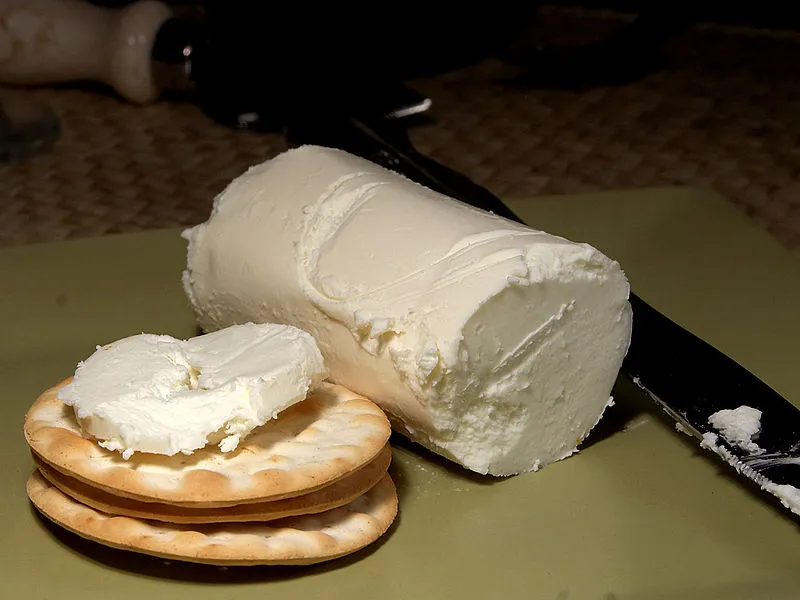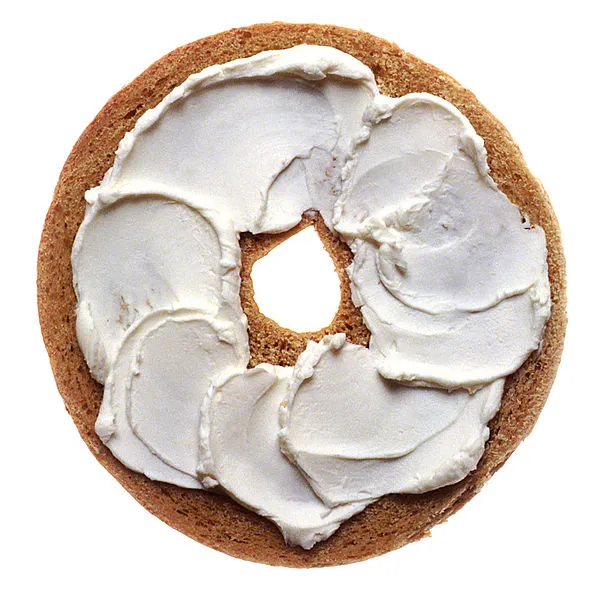Blue Cheese
What is Blue Cheese? Is Blue Cheese Mold?
Blue-veined cheese, also simply called Blue cheese, is a generic term used to describe cheese produced with cow's milk, sheep's milk, or goat's milk and ripened with cultures of the mold Penicillium r...
Where Is Blue Cheese From?
Blue cheese has a rich history dating back thousands of years. Its origins can be traced to various regions, including France, England, and Italy. However, it was in France where the famous Roquefort ...
Types of Blue Cheese
There are several types of blue cheese, each with its own distinct characteristics. Some popular varieties include Roquefort, Gorgonzola, Stilton, and Danish blue....
How to Make Blue Cheese
The process of making blue cheese involves specific steps to encourage the growth of the characteristic blue mold. First, the cheese is typically made from cow's, sheep's, or goat's milk. The milk is ...
What Is Blue Cheese Made Of?
Blue cheese is primarily made from milk, typically cow's, sheep's, or goat's milk. The type of milk used can influence the flavor, texture, and overall characteristics of the cheese. Some blue cheeses...
Who Invented Blue Cheese?
The exact origins of blue cheese are difficult to pinpoint. However, it is believed that the process of intentionally introducing mold to cheese dates back to ancient times. Early cheese manufacturers...
How Many Carbs Are In Blue Cheese?
Blue cheese is relatively low in carbohydrates, making it suitable for individuals following low-carb or keto diets. The exact carb content can vary depending on the specific type and brand of blue ch...
Why Is Blue Cheese Blue?
The characteristic blue color of blue cheese is a result of the growth of specific strains of Penicillium roqueforti mold. During the cheese-making process, the mold spores are intentionally introduce...
Blue-Veined vs. Green-Veined Cheese
Blue-veined cheeses, such as Roquefort, Gorgonzola, and Stilton, are characterized by the presence of blue or blue-green mold veins throughout the cheese. This mold, typically Penicillium roqueforti, ...
Is Blue Cheese Safe To Eat?
Despite the presence of mold, blue cheese is safe to eat when produced and stored properly. The mold used in blue cheese is not the same as the mold that can spoil other foods. The Penicillium roquefo...
Is Blue Cheese Healthy?
Blue cheese, like many types of cheese, is rich in nutrients. It is a good source of calcium, protein, and vitamins such as vitamin B12. However, blue cheese is also high in fat and sodium, so it shou...
Blue Cheese Recipes
- Blue Cheese Stuffed Burgers: Mix crumbled blue cheese into ground beef patties before grilling for a juicy, flavorful burger.
- Roasted Pear and Blue Cheese Salad: Toss roasted pear slices, mixed greens, toasted walnuts, and crumbled blue cheese with a balsamic vinaigrette.
- Broccoli and Stilton Soup: Blend broccoli, onions, celery, and crumbled Stilton blue cheese into a creamy, comforting soup.
- Blue Cheese Gnocchi: Make pillowy gnocchi and toss with a sauce of melted blue cheese, cream, and herbs.
- Steak with Blue Cheese Sauce: Pan-fry steak, then make a quick sauce in the same pan with shallots, white wine, beef stock, and crumbled blue cheese.
- Butternut Squash Risotto with Blue Cheese: Stir cubes of roasted butternut squash and crumbled blue cheese into a creamy risotto.
- Blue cheese Dressing: Blue cheese can be enjoyed in many ways, whether on its own or as an ingredient in various dishes. One popular use of blue cheese is in a tangy and creamy blue cheese dressing That adds a delicious twist to any meal, providing a burst of flavor that complements a variety of ingredients.
How To Pair Blue Cheese With?
Blue cheese tastes best served with crackers, pears, raisins, fruit bread, and walnuts.
You can also crumble the cheese and melt it into sour cream, plain yogurt, or mayonnaise as a dressing....
Search Cheese Retailers
Shops that sell this cheeseShowing 1 out of 1 results
- Galena
- Closed Opens at 10:00
- DirectionsDetails

Over 200,000 page views per month, Put your store on our map!
Contact UsWhen it comes to blue cheese, its unique tangy flavor and creamy texture can be a delicious addition to a variety of dishes. However, what if you find yourself in a situation where you don't have any blue cheese on hand? Don't worry, there are several alternative options that can …
Read MoreBlue Cheese Q & A
-
Is Blue Cheese Lactose-Free?
Individuals with lactose intolerance, a condition characterized by the inability to digest lactose, often question the suitability of …
Read More -
Is Blue Cheese Vegetarian?
Vegetarianism, which focuses on abstaining from meat and fish, varies in its interpretations.
When it comes to blue …
Read More -
Is Blue Cheese Gluten Free?
Individuals with gluten sensitivities or celiac disease are often cautious about the foods they consume, including cheese.
Luckily for …
Read More -
Does Blue Cheese Melt?
The meltability of cheese is often a topic of interest, especially for those who enjoy the gooey goodness of …
Read More -
How To Store Blue Cheese?
Storing blue cheese correctly is crucial for preserving its flavors and textures.
After purchasing or opening a blue cheese …
Read More -
How Long Can Blue Cheese Sit Out?
Proper cheese storage is essential for maintaining quality and preventing foodborne illnesses. Blue cheese can be left out at …
Read More -
Can You Freeze Blue Cheese?
Blue cheese enthusiasts often wonder whether freezing the cheese is a viable option for preservation. While freezing blue cheese …
Read More -
Can Dogs Eat Blue Cheese?
Dogs are known for their penchant for food exploration.
However, when it comes to blue cheese, pet owners should …
Read More -
Can Cats Eat Blue Cheese?
When it comes to feline nutrition, the topic of cats consuming human foods often sparks curiosity among pet owners. …
Read More -
Can You Eat Blue Cheese While Pregnant?
During pregnancy, it's natural to have concerns about what foods are safe to consume.
Blue cheese, known for its …
Read More







